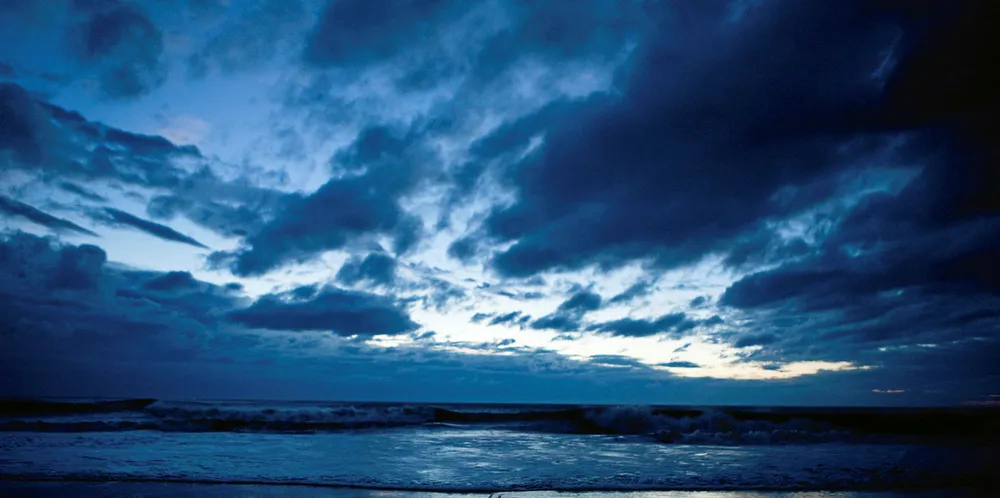Two-turbine pilot off Virginia could spur US offshore wind market: BNOW
Dominion’s 12MW CVOW project will boost supply chain experience and government understanding of regulatory impact on emerging sector, says industry group

Dominion’s 12MW CVOW project will boost supply chain experience and government understanding of regulatory impact on emerging sector, says industry group
